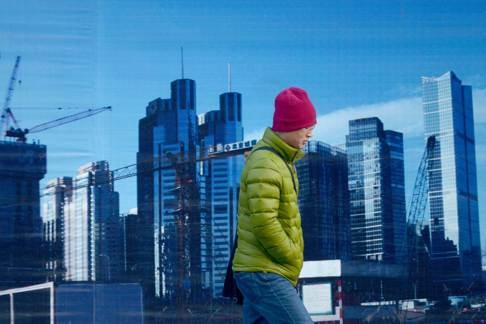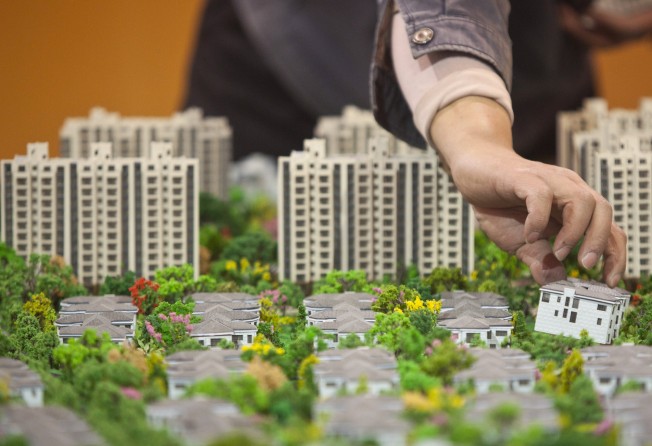
China’s inventory of unsold new homes rises 11.2pc in 2015
Housing supply overhang seen stabilising after year of excess inventory increase

China’s inventory of unsold new homes continued to increase last year, even as the government has pledged to help draw down excess stock across the country, the latest data shows.
Unsold inventory was up 11.2 per cent for the year to 452.5 million square metres, increasing 11.6 million square meters in December, according to National Bureau of Statistics data released on Tuesday.
“Though the inventory is still on the way up, the percentage growth slowed down compared to 2014,” said Raymond Ngai, Head of China Property Research at Merrill Lynch (Asia Pacific).
“As land supply and construction starts have dropped for two years in a row, we expect the inventory in 2016 to stabilise at the 450 million sq m level.”
According to Merrill Lynch’s estimates, property stock in 12 of 50 major Chinese cities tracked by the bank are already in short of supply, including big cities such as Beijing, Shanghai and Shenzhen.
“There is no inventory problem in tier-one cities, prices will still go up,” Ngai said.
He added that smaller cities like Suzhou, Zhuhai, Nanjing also have good supply-demand situation, while cities like Haikou, Hohhot and Sanya saw inventory level remain high, or over 20 months, and may face a continuing overhang in coming years.
Boosted by a series of easing measures in the past year, housing sales in China rebounded from 2014 and rose 16.6 per cent in 2015 to 7.28 trillion yuan in value.

China’s top authorities have repeatedly urged that steps be taken to facilitate inventory destocking so that the property investment rekindled to help support the slowing economy.
In an effort to clear unsold stock, developers have put the brakes on land purchases and construction. Investment growth in China’s housing sector fell 0.4 per cent to 6.5 trillion yuan (HK$8.64 trillion).
in the full year of 2015, calming from the 0.7 per cent growth in the first 11 months to November.
China’s central bank has lowered interest rates six times since November 2014, pushing mortgage financing cost to historically low levels in an effort to aid affordability.
Ngai expects two more rate cuts this year.
“There is room for more rate cuts as the real mortgage rate of 3 per cent (minus inflation rate) is still high,” he said.
In terms of the recent yuan depreciation, Ngai said the falling yuan is a major risk to the property sector this year as many listed developers have secured loans through offshore lending channels. Still he viewed the risks as “under control” as many developers with large foreign-currency debt have low gearing ratios and access to domestic financing channels to help refinance these debts.